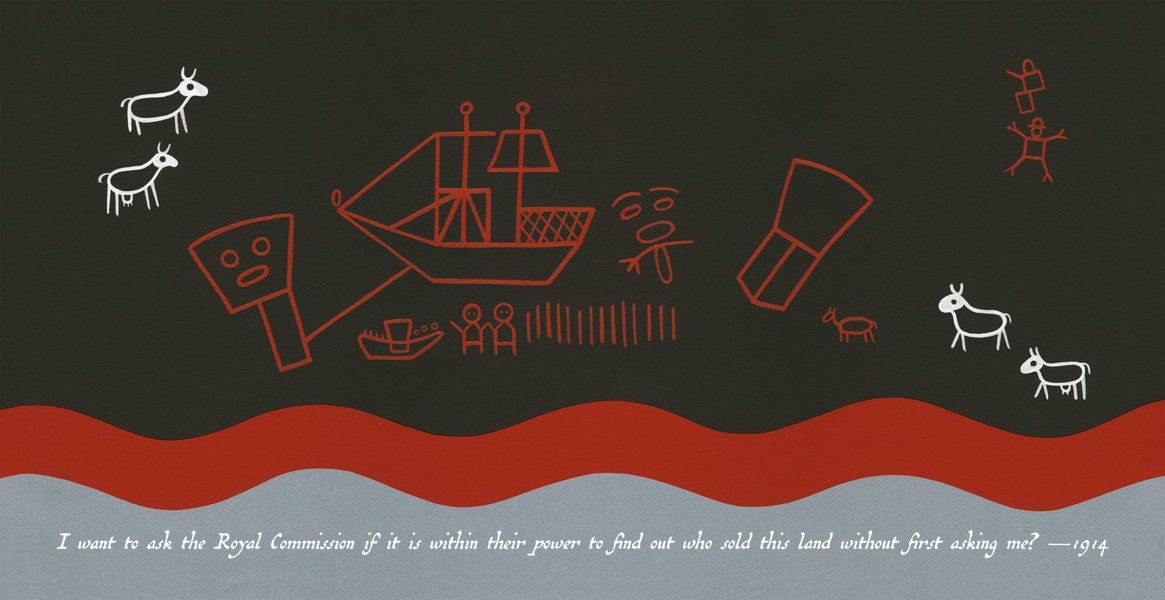Sublime
An inspiration engine for ideas


Cetus Chin-Yun Kuo • Cartographer
code of the Choctaw language. All in all, Indian participation in World War I was as much as 30 percent of the adult male population, double the percentage of all adult American men who served.
David Treuer • The Heartbeat of Wounded Knee: Native America from 1890 to the Present
Zhaanat’s knowledge was considered so important that she had been fiercely hidden away, guarded from going to boarding school. She had barely learned to read and write on the intermittent days she had attended reservation day school. She made baskets and beadwork to sell. But Zhaanat’s real job was passing on what she knew.
Louise Erdrich • The Night Watchman: A Novel
the government stole Indian land in order to fund the theft of Indian children.
David Treuer • The Heartbeat of Wounded Knee: Native America from 1890 to the Present
atavistic
Richard Powers • The Overstory: A Novel
practice of sovereignty carries with it a kind of dignity—a way of relating to the self, to others, to the past, and to the future that is dimensionally distinct.
David Treuer • The Heartbeat of Wounded Knee: Native America from 1890 to the Present
John Clymer) – Lance has achieved a radical degree of nomadic freedom